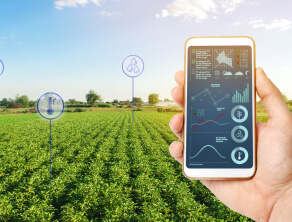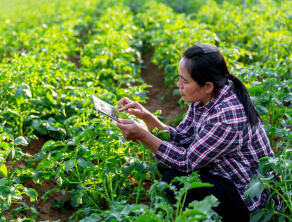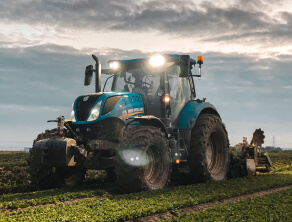Unraveling the Role of ICT in Agriculture: Harnessing Modern Technology for Farming
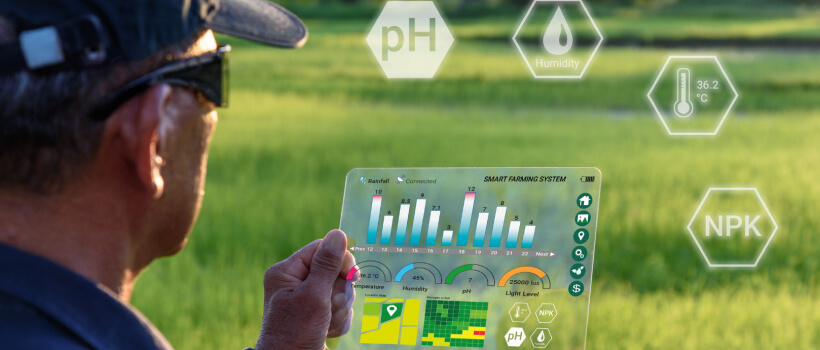
Introduction
Information and Communication Technologies (ICT) have rapidly transformed multiple industries across the globe, and agriculture is no exception. ICT in agriculture is now a prominent field, leveraging innovative technology to streamline farming practices, reduce costs, and optimize yield. From sensor-based systems to mobile apps, the range of ICT applications is vast and ever-evolving.
The Advent of ICT in Agriculture
The journey of ICT in agriculture began with the digitization of information. Farmers started with the adoption of simple technologies such as databases for crop prices, weather forecasts, and new farming techniques. Today, the landscape has evolved significantly. Presently, ICT applications cover a broad spectrum, encompassing areas like precision farming, farm management software, and mobile technology, leading to an unprecedented revolution in farming practices.
Precision Farming: The Pinnacle of ICT Applications
One of the most significant ICT applications in agriculture is precision farming. Utilizing GPS and GIS technologies, precision farming allows farmers to monitor their fields closely, ensuring optimal utilization of resources and maximizing yield. This technology provides data on various parameters like soil health, humidity, temperature, and more, enabling farmers to make informed decisions about irrigation, fertilization, and crop management.
Mobilizing Agriculture with ICT
Mobile technology is another major player when discussing ICT in agriculture. Mobile applications provide access to critical information, such as weather forecasts, market prices, and expert advice, often in real-time. These applications also facilitate communication within the farming community, fostering knowledge-sharing and collaborative problem-solving.
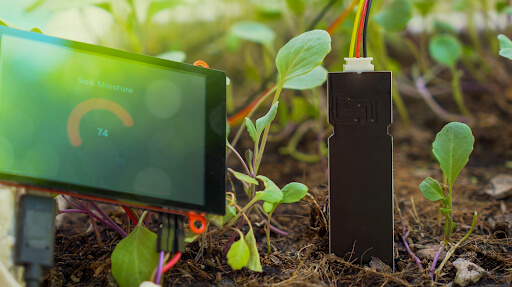
The Power of IoT in Agriculture
The Internet of Things (IoT) takes ICT in agriculture to an entirely new level. IoT involves the use of sensor-based systems and smart devices that communicate and interact with each other. These systems gather and analyze data on weather conditions, soil quality, crop health, and livestock behavior.
The impact of IoT extends to automating irrigation systems, optimizing fertilizer usage, and predicting potential pest or disease outbreaks. In livestock farming, IoT devices can monitor animal health and behavior, providing early warning signs of disease or distress.
ICT and Big Data in Agriculture
With the continuous influx of data from multiple sources, Big Data has found its way into the agricultural sector. The convergence of ICT and Big Data provides insightful analysis and predictions that can enhance decision-making processes in farming. ICT applications in agriculture are equipped to handle, process, and derive insights from enormous data sets, allowing for better yield prediction, cost efficiency, and risk management.
Future Prospects of ICT in Agriculture
The future of ICT in agriculture looks promising, with continuous advancements in technology set to bring more innovative solutions. From AI-powered drones for crop monitoring to blockchain technology for securing supply chains, the scope for ICT applications in agriculture is broad and exciting.
The integration of ICT in agriculture has already shown immense potential in enhancing agricultural productivity, reducing environmental impact, and facilitating sustainable farming practices. As we continue to explore and implement more ICT applications, we inch closer to a future where agriculture is smart, sustainable, and inclusive. The role of ICT in agriculture is unquestionably significant, and its importance will continue to grow in the years to come.
![Blog-[x]cube LABS](https://d6fiz9tmzg8gn.cloudfront.net/wp-content/uploads/2016/06/blog_banner.jpg)



